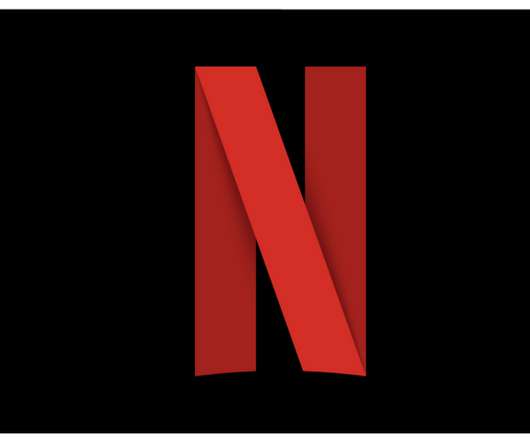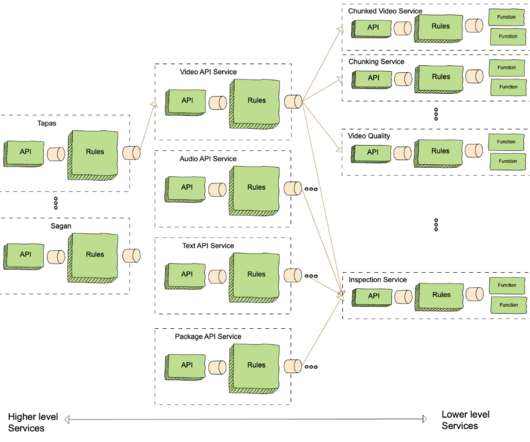Improving our video encodes for legacy devices
The Netflix TechBlog
AUGUST 10, 2020
we announced our intention to stream video over 13 years ago, in January 2007?—?and and thus fall back to less efficient encode families. Since then, we have applied innovations such as shot-based encoding and newer codecs to deploy more efficient encode families. Further tuning of pre-defined encoding parameters.













Let's personalize your content